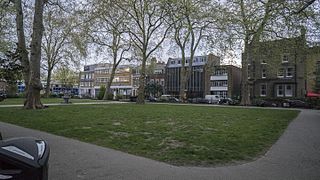
Hoxton is an area in the London Borough of Hackney, England, and is often considered to be part of the East End, the historic core of wider East London. It was historically in the county of Middlesex until 1889. It lies immediately north of the City of London financial district, and was once part of the civil parish and subsequent Metropolitan Borough of Shoreditch, prior to its incorporation into the London Borough of Hackney.

Covent Garden is a district in London, on the eastern fringes of the West End, between St Martin's Lane and Drury Lane. It is associated with the former fruit-and-vegetable market in the central square, now a popular shopping and tourist site, and with the Royal Opera House, itself known as "Covent Garden". The district is divided by the main thoroughfare of Long Acre, north of which is given over to independent shops centred on Neal's Yard and Seven Dials, while the south contains the central square with its street performers and most of the historical buildings, theatres and entertainment facilities, including the London Transport Museum and the Theatre Royal, Drury Lane.
This article contains information about the literary events and publications of 1735.

William Charles Macready was an English stage actor.
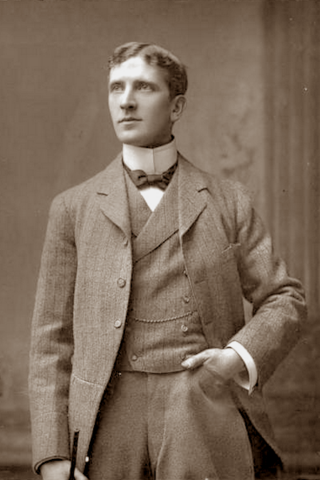
Benjamin Webster was an English actor, the husband of the actress May Whitty, and father of the actress and director Margaret Webster. After a long career on the English stage, Webster, together with his wife, moved to Hollywood, where they made numerous films in their later years.
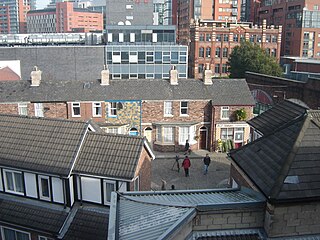
Weatherfield is a fictional town based on Salford, Greater Manchester, which has been the setting for the British ITV soap opera Coronation Street since its inception in 1960. Much of Weatherfield has been seen by viewers throughout the years, though the primary focus from the viewer's perspective is the eponymous Coronation Street, a cobbled street where many of the programme's characters live. Weatherfield areas are often shot on location around Salford and the neighbouring large city of Manchester, as its filming studios, the Granada Studios complex on Quay Street in Manchester city centre and its replacement set MediaCityUK in Salford Quays, only house the outdoor sets of Coronation Street and its immediate surrounding streets.

George Victor Speaight FRSA was a theatre historian, author and performer and the leading authority on 19th-century toy theatre.

Toy theater, also called paper theater and model theater, is a form of miniature theater dating back to the early 19th century in Europe. Toy theaters were often printed on paperboard sheets and sold as kits at the concession stand of an opera house, playhouse, or vaudeville theater. Toy theatres were assembled at home and performed for family members and guests, sometimes with live musical accompaniment. Toy theatre saw a drastic decline in popularity with a shift towards realism on the European stage in the late 19th century, and again with the arrival of television after World War II. Toy theatre has seen a resurgence in recent years among many puppeteers, authors and filmmakers and there are numerous international toy theatre festivals throughout the Americas and Europe.
Peter Francis Baldwin was an English actor. He was best known for his role as Derek Wilton in the British soap opera Coronation Street.
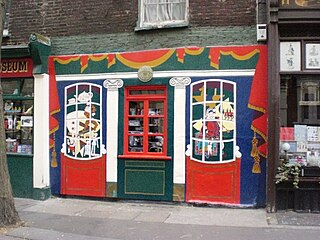
Pollock's Toy Museum is a small, currently closed, museum in London, England.

The Britannia Theatre (1841–1900) was located at 115/117 High Street, Hoxton, London. The theatre was badly damaged by a fire in 1900, forcing the sale of the lease. The site was reused as a Gaumont cinema from 1913 to 1940, before being demolished to make room for a more modern cinema which was never built. Housing has now been built on the site, which is marked by a London Borough of Hackney historic plaque.
Lewis Augustus Lavenu was a musician, music seller and publisher.

The Covent-Garden Tragedy is a play by Henry Fielding that first appeared on 1 June 1732 at the Theatre Royal, Drury Lane alongside The Old Debauchees. It is about a love triangle in a brothel involving two prostitutes. While they are portrayed satirically, they are imbued with sympathy as their relationship develops.

Ilkley Toy Museum in Ilkley, West Yorkshire, houses a private collection of toys dating from 350 BC to modern times, and is open to the public, schools, and groups.
Beecroft's Toys is an English online and mail order toy shop. Although founded in 1822 in Nottingham, it is now based in Hampshire. The company sources toys from around the world.
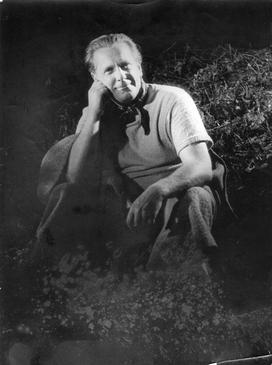
Gerald Charles Trentham Morice (1907-1986) was a journalist, theatre critic and collector of toy theatres and printed ephemera. He was the founder of the British branch of UNIMA, the international puppet organisation and a founder member of the British Model Theatre Guild.

Robert Sayer (1725–1794) was a leading publisher and seller of prints, maps and maritime charts in Georgian Britain. He was based near the Golden Buck on 53 Fleet Street in London.

Martin Powell, was an Irish master puppeteer and puppet show impresario, who put on a repertoire of satirical and parodical marionette shows that invariably featured the Punch character. He drew audiences first at provincial towns such as Bath, then moving his venue to London. His theatre established itself in early 1710 at its first location, at the north end of St. Martin's Street intersected by Litchfield St., not quite in Covent Garden. But by 1711 he relocated the theatre to the galleries of Covent Garden, at Little Piazza, opposite St. Paul's Church.

Chingford Mount Cemetery is a cemetery in Chingford Mount, in the London Borough of Waltham Forest.
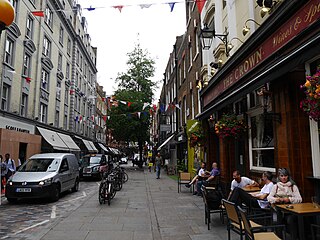
Monmouth Street is a street in the Seven Dials district of Covent Garden, London, England.




















